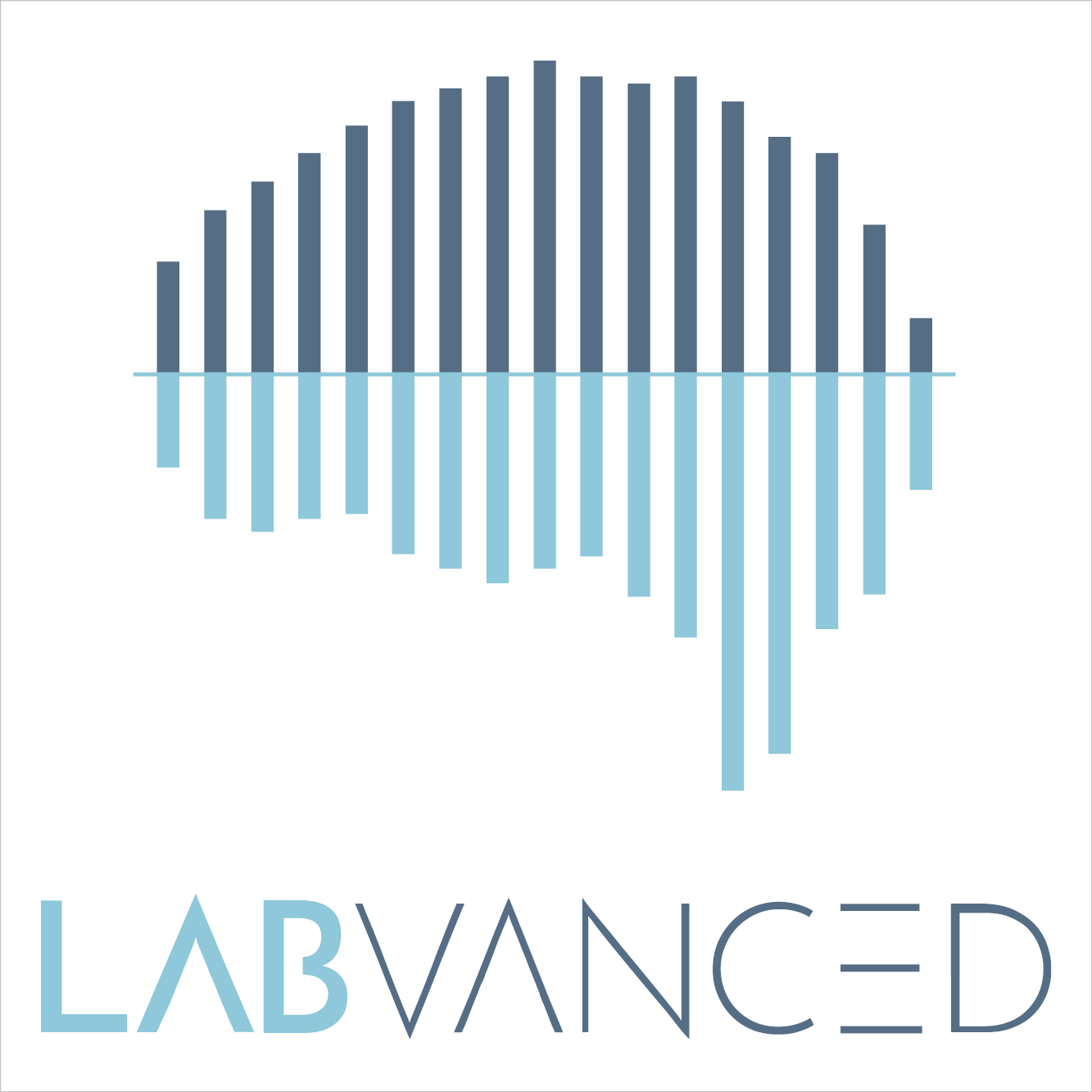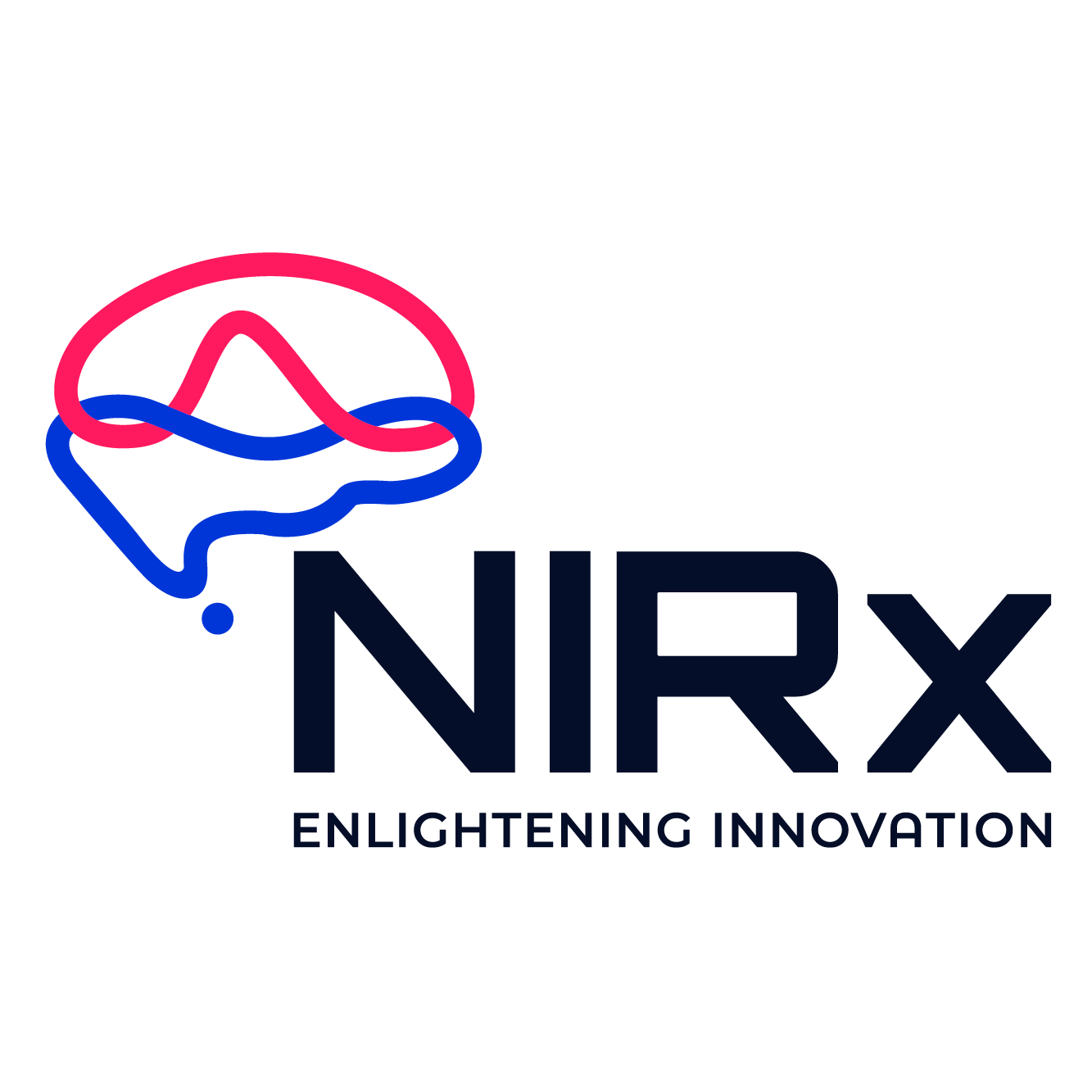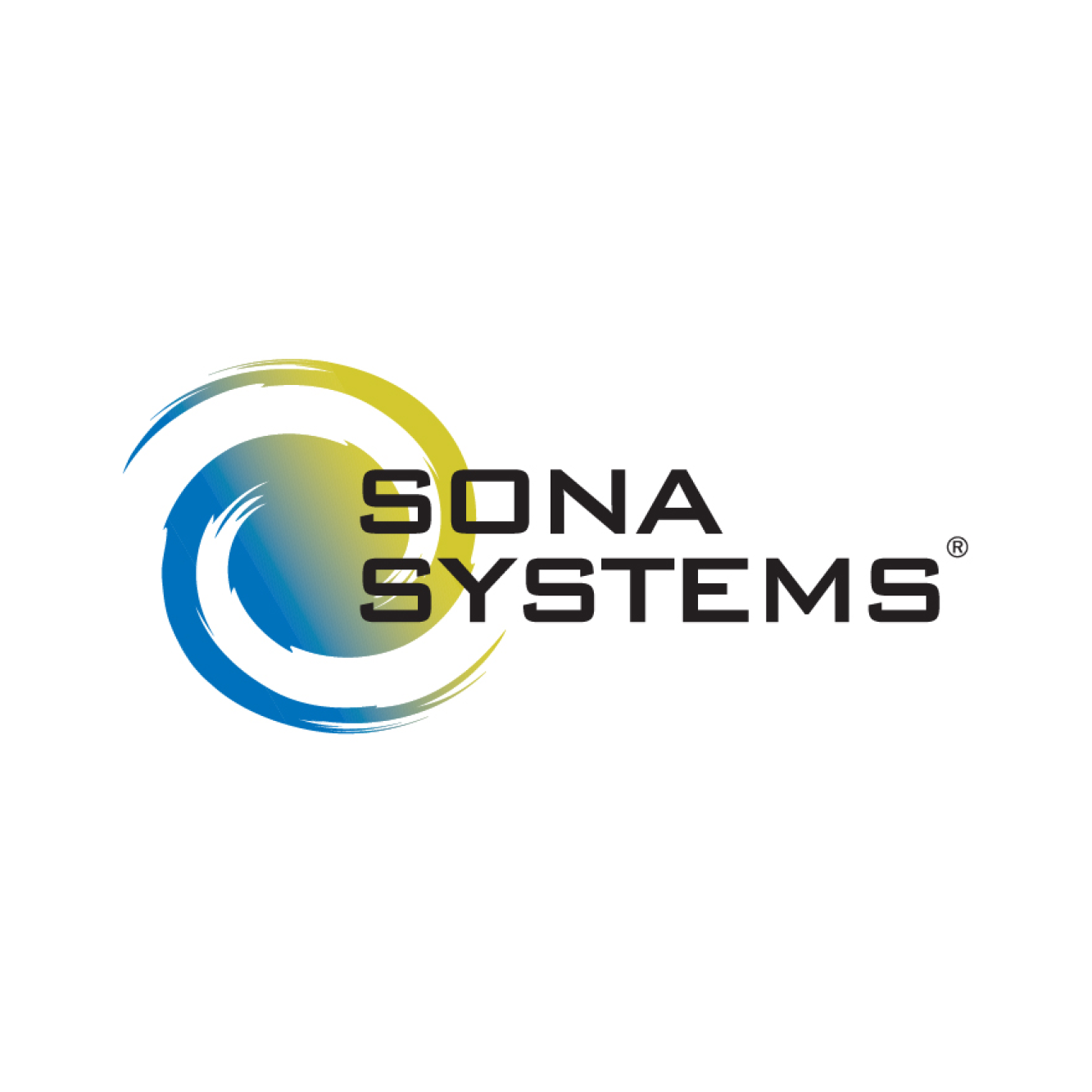geometric representations of space and the impact of aging on navigation abilities. Different navigation strategies such as path integration and landmark-based navigation are supported by neural populations in the medial temporal lobe [1]. Electrophysiology recorded in animals can be used to establish, validate, and refine computational models that are linked with testable behavioral predictions on how space is represented and remembered. Methodological advances such as immersive VR and mobile brain imaging enable the translation of key findings from animal research on the aforementioned brain regions to humans. The use of VR in spatial navigation research allows for flexible manipulation of space in a way that is not possible in physical space, while providing participants with rich, naturalistic stimuli [2,3]. By enabling participants to make use of a natural mode of locomotion (e.g., walking through physical space), mobile brain imaging methods such as mobile EEG [2,5] afford the investigation of how body-based information influences navigation strategies. A better understanding of how humans navigate through space is of great applied value as they inform us about the nature of cognitive decline in older adults [4] and support development of effecient navigation aids [5].
What we pay attention to largely determines the contents of our experience. It is therefore not surprising that so much research effort has been expended to determine the rules by which we allocate our attention. Current research on this topic converges on two tenets. The first is that where we allocate our attention next depends on the combined influence of stimulus salience, our goals as well as what we have recently attended (selection history) on a general priority map - with the influence of selection history accounting for a large part of the influence previously attributed to goals. The second is that at any given moment, attention is automatically shifted to the location with the highest priority on that general map. In this talk, I will present work that mitigates both assertions. In the first part, I will claim that theories that have developed around the concept of a priority map have typically ignored insights from research on temporal attention, and therefore do not fully account for how information is dynamically prioritized in space and time. I will present evidence supporting the Priority Accumulation framework (PAF), which provides an account of how temporal attention interacts with the priority map to determine how we allocate our attention in a dynamic world. In the second part, I will claim that the influence of selection history in attentional guidance is often overestimated in current research, because it typically fails to acknowledge the role response selection.
limited to complexity, memory resources, personality differences, and types of stimuli, are addressed.
demonstrate that impaired learning in individuals with eating disorders is linked to altered reward sensitivity. Franziska Knolle (TUM/Cambridge) will discuss the effect of dopaminergic treatment on probabilistic reward learning in OCD using Rescorla-Wagner-modelling, showing that exaggerated cingulate reward prediction errors in patients are remediated by dopaminergic modulation. This state-of-the-art symposium demonstrates that computational models of decision making provide mechanistic explanations for dysfunctions underlying three common psychiatric conditions: psychosis, OCD, and eating disorders, and may provide starting points for treatment development.
Elisabeth Wögerbauer addresses the effect of dissociating viewpoints through the use of camera-monitor systems on time-to-contact estimation. The results of a laboratory experiment in which the horizontal position of the camera was varied will be reported. The sixth talk by Matthias Arend and Verena Nitsch investigates situation awareness during telemanipulation. In the presented experiment they study the situation models of human operators in a situation in which they control a complex robotic system with various end-effectors at a distance.
This workshop is aimed at all undergraduate students (B.Sc. / M.Sc.) participanting at this years TeaP and who are interested in science and thinking about taking up a doctorate.
No registration is needed, just come by. Topics will include:
- Why conferences? / How does a conference work?
- What is it like to work in science? / What do you earn?
- How does a doctorate work? And how do I find a place to do a doctorate?
- And all other questions!
Demo PreReg: Preregistration in Psychology (Room B21)
Instructor: Lisa Spitzer, Leibniz Institute for Psychology (ZPID)Website: https://prereg-psych.org/
Preregistering studies is an effective open science technique because it documents which (analytical) decisions were made prior to knowing the data. However, preregistration involves additional effort. ZPID, the Leibniz Institute for Psychology, fosters open science practices in psychology and related disciplines by providing researchers with tools and services at each stage of the scientific process. The Pre-Registration in Psychology platform (https://prereg-psych.org) provides information on preregistration, templates for creating your own preregistration, and the possibility to easily submit and publish to a repository. The platform is introduced in this demonstration.Requirements: Bring a laptop, if you want to click along but just watching is fine.
Demo DataWiz: Research Data Documentation in Psychology Made Easy (Room B22)
Instructor: Katarina Blask, Leibniz Institute for Psychology (ZPID)Website: https://datawiz2.dev.zpid.de/
In recent years, it became obvious that Open Science practices, like sharing research data in a (re)usable way means additional effort. In particular, the quality-assured and sustainable provision of research data requires at least a minimum of data documentation. For optimal (re)use, typically three levels of data documentation or metadata are needed: (1) The basic resource description for collection management and resource discovery (Dublin Core); (2) the study-level documentation for research context and methods; and (3) the data-level documentation (codebooks or data dictionaries).In order to facilitate the laborious task of data documentation in psychology, a web-based tool - named DataWiz - was developed. The primary goal of the development project funded by the German Research Foundation was to lower the hurdle to do data documentation and to make it an integral part of common research practices in psychology. This demo aims to introduce the documentation module of DataWiz, which allows researchers to create a research data object containing the data and metadata in a non-proprietary format that can be uploaded to research data repositories.
Requirements: Bring a laptop, if you want to click along but just watching is fine.Demo emoTouch Web: A Web-Based System for Continuous Response Studies and Audience Feedback in Live-, Lab- and Online Settings (Room A8)
Instructors: Christoph Louven, Carolin Scholle, Fabian Gehrs, Osnabrück University, GermanyWebsite: https://www.emoTouch.de
emoTouch Web is a new web-based system for designing, conducting, and evaluating continuous response real-time studies. It is based on web and network technologies and turns any modern smartphone, tablet, laptop and desktop computer into a flexible and reliable research and audience feedback tool in laboratory, online, and live settings.The interface of emoTouch studies is completely configurable and may contain an unlimited number of interface elements like one-dimensional sliders, 2D rating areas, category scales, checkboxes, buttons, images and text elements. Any audio or video files can also be integrated and will play from the participant's devices. The interface will dynamically adapt to the various screen sizes and ratios.
Once a study is designed and started, it can be accessed just by scanning the study's QR Code. Subjects can even participate with the smartphones they carry in their pockets anyway ('Bring-Your-Own-Device', BYOD). This easily enables e.g. audience studies and feedback situations with hundreds of participants at the same time.
For the evaluation of the collected real-time data, emoTouch also contains coordinated tools for the graphical and numerical display and analysis of the data in longitudinal and cross-section.
emoTouch Web can be useful in all disciplines that deal with time-bound phenomena, such as music, theatre, dance, film, commercials, lectures, speeches or sport events. The system was developed at the musicology department of Osnabrück University (Germany) and is available free of charge for scientific purposes at https://www.emotouch.de.
The demonstration shows the possibilities of the system as well as the flow of a typical research process with emoTouch Web.
Requirements: For an active participation in a demo study, you will need a reliable wifi connection, a smartphone, tablet, or laptop. To actively try the system's researcher interface, you will need a laptop.Demo PsychNotebook: Create, share, and export your code projects / teach coding (Room A6)
Instructor: Lars Braun, Leibniz Institute for Psychology (ZPID)Website: https://www.psychnotebook.org/
PsychNotebook is a platform that offers statistical software such as RStudio and JupyterLab in an online environment. It is a tool to promote open science, in particular transparent and reproducible analyses, with a focus on teaching and collaboration.PsychNotebook supports teaching (and learning) code-based analyses by removing the hassle of installing or setting up software. In PsychNotebook you can create projects that contain scripts, data, instructions and more. You can share your projects with your students (copy access) or your collaborators (edit access) so that recipients work with exactly the same files in exactly the same software environment. Problems caused by working on different versions or in different directories are thus eliminated. Likewise projects can be easily archived and then imported again, resulting in the same scripts running in the same software environment as before. In this demonstration, I will introduce the features of PsychNotebook described above.
Requirements: None, maybe laptop, if you want to click along.Demo PsychArchives: The disciplinary Repository for Psychological Science (Room A7)
Instructors: Yi-Hsiu Chen & Lea Gerhards, Leibniz Institute for Psychology (ZPID)Website: https://psycharchives.org/
This demo will introduce PsychArchives, the disciplinary repository for psychological science. Recent years have seen the gradual but sustained growth in practices collectively known as ‘Open Science’. Part of this ongoing cultural change, which is well underway in Psychology, has been a growing advocacy for transparency and access to research output from across the entire research cycle. PsychArchives, which is maintained by the Leibniz Institute for Psychology (ZPID), provides the necessary sustainable infrastructure to achieve these goals. In PsychArchives, a variety of digital research objects, including articles, preprints, research data, code, supplements, preregistrations and tests, are safely stored and made accessible for the long term.Requirements: None.
limited to complexity, memory resources, personality differences, and types of stimuli, are addressed.
between response inhibition and expertise. The fifth talk explores the question of how prior mental training in the learning process of a complex action affects gaze behavior and motor performance.
target the processing of social information from faces. Yet, the research so far focused mostly on the evaluative dimension, static features, and lab experiments. Our symposium brings together latest research approaches studying the influence of emotional faces in social cognition, using new (potentially more ecologically valid) approaches, and spanning some of the most recent debated issues. In detail, Emre Gurbuz’ talk focuses on the dynamics of facial features (i.e., emotion, ethnicity) and how these impact evaluative priming effects – a so far often neglected issue. Vanessa Mitschke’s research is targeting reactions to others with a very different, yet also dynamic
approach: In a series of studies, she found more efficient response inhibition of facial muscle activation towards disliked targets in a go/nogo task. Janet Wessler investigated the influence of facial information in online-negotiations, showing that facial trustworthiness influences anchoring effects. Using a new, endogenous cueing paradigm, Timea Folyi and colleagues highlight that emotional information can be used in a flexible, goal-relevant manner, however, only, if participants intentionally and explicitly make use of the context-bound meaning of the emotional faces. Michaela Rohr’s talk focuses on the role of physiological facial information in behavioral measures, suggesting that simulation of activated mental content might drive physiological activity.
Panelisten: Prof. Dr. Iring Koch (Aachen), Prof. Dr. Andrea Kiesel (Freiburg), Prof. Dr. Christian Frings (Trier), Dr. Stefan Koch, Programmdirektor Geistes- und Sozialwissenschaften (DFG, Bonn)
The tables are reserved for “TeaP 2023”




